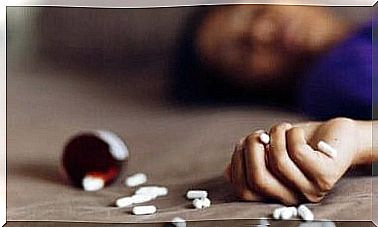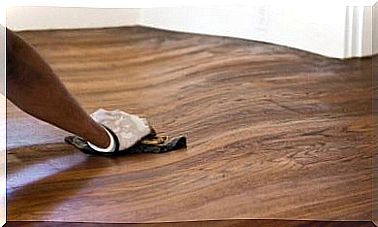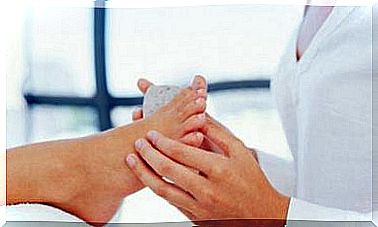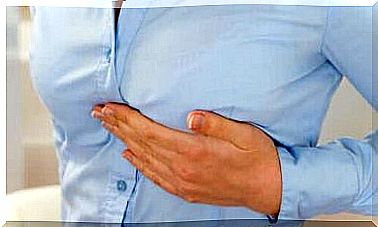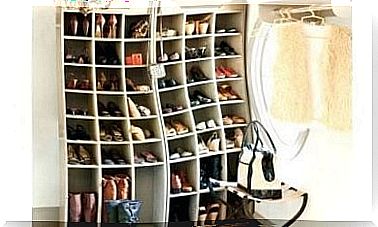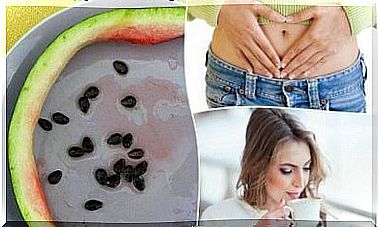How To Clean Up Petrol Spills
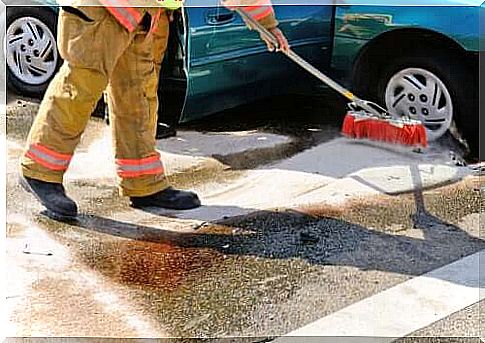
Gasoline spills often occur due to many of the vehicles that come to refuel at a gas station. In fact, it is quite common when you have a vehicle, a lawn mower or another type of machine that runs on gasoline.
These events can be dangerous due to the risk of fire and even explosion if it comes in contact with a spark. In addition, gasoline is not only toxic, it leaves stains on the ground and makes it slippery.
With this in mind, the first step to take in the event of such an incident is to assess the extent of the discharge and the likelihood that it will spread to other closed or dangerous areas. Also pay attention to cracks in the floor, culverts, gusts of wind and vehicles.
You can use cat litter to wipe up petrol spills
After considering the safety protocols below, cover the fuel spill with plenty of cat litter (regular sand will not work). Instead, you can also use flour or trisodium phosphate. Some use hay, sawdust, cornstarch and even baking soda.
Leave it for an hour or two or at least half an hour if you can not wait that long.
Then gently sweep the sand up and scoop it up using a shovel and place it in a plastic bag. Add new sand, repeat the process and throw it in a safe place.
To find out what you should do, contact the fire department or the hazardous materials pollution center. They can give you the right instructions. Very important, never throw petrol in an ordinary waste container.
As for the stain, wait until the fuel evaporates before cleaning it if it is on the ground. Use a plastic scraper or squeegee and place any waste in the plastic bag.
Ventilate the area
This point is important to prevent serious consequences. Open all doors and windows so that explosive gases can escape. These are invisible, but can trigger dizziness, difficulty breathing and disorientation.

How to clean up petrol spills in a vehicle
Lay some old rags over the mud to absorb as much gasoline as possible to clean upholstery or carpets in your car. Then apply cat litter according to the instructions explained above. Finally, vacuum any residue.
Later, thoroughly clean the fabric with a cloth or sponge dampened with very hot water. Pour liquid dishwashing detergent and rub until you get a thick foam. Then wipe it with a clean towel.
One of the main problems is usually not wanting to damage a given surface. Therefore, powder detergents or dry solvents are good alternatives for cleaning a petrol spill. Spray a little on the stain and wipe it off with a damp cloth.
You can also do this by mixing equal parts vinegar, baking soda and hot water. This mixture will also remove the odor.
How to clean gasoline from clothes
It is best to get rid of clothes after they are soaked in gasoline. However, you can take care of them if there is only a small stain. As a starting point, you can put them in stain remover or leave them for 60 minutes in vinegar water and then hang them outdoors.
After the odor has subsided, scrub the oily stain with detergent and wash it vigorously by hand or in the washing machine. You can enhance the washing process with a baking soda or soak the laundry in warm water with a cup of ammonia for a few hours. Never mix ammonia with bleach or vinegar.
Tips and recommendations for dealing with a petrol spill
Do not neglect your health and well-being to take care of the problem. Begin by wearing the necessary personal protective equipment to protect yourself from further serious injury.
Act quickly and take care of the situation as soon as possible, from the beginning of the spill.
Feel free to place a container under the leak so that the fuel does not enter other areas or objects if you cannot stop the leak. Buckets, tubs or paint boards work well for this task. Never, never cover or seal them! One way to prevent the spread of petrol spills is to place objects that act as a barrier, such as towels, heavy boxes or pieces of wood.
Be especially careful with electrical equipment because these are energy sources and heat. The smartest thing to do is unplug them. In the same way, you need to remove people and animals from the space.
Do not underestimate small petrol spills as these should always be a cause for concern and immediate action. In addition, trust your instinct, the smell of gasoline can alert you to a danger you are not aware of.
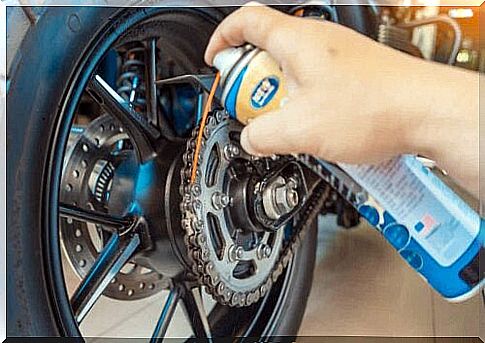
When should you get professional help
You can only solve a small problem, so contact the fire department immediately if you can not stop the gas spill. They are well trained in such situations and know exactly what to do in a complicated scenario.
Some examples of this include:
- More than 10 liters of spilled petrol
- Imminent danger of fire or explosion
- Fuel spills inside electrical or hot objects that you cannot clean up on your own
Ways to prevent petrol spills
The best way to deal with an accident is to prevent it, so be sure to store gasoline in closed containers, in safe places and out of reach of children.
Also, be careful when refueling at a gas station. It is to do it slowly, just press the handle when the nozzle is inside the tank, and leave it there all the time.
In short, always be very careful when handling gasoline. Prevent spills on the ground, grass or other waterways (lakes, rivers, seas, oceans, sewers), because even a small amount can have a negative impact on the environment.
